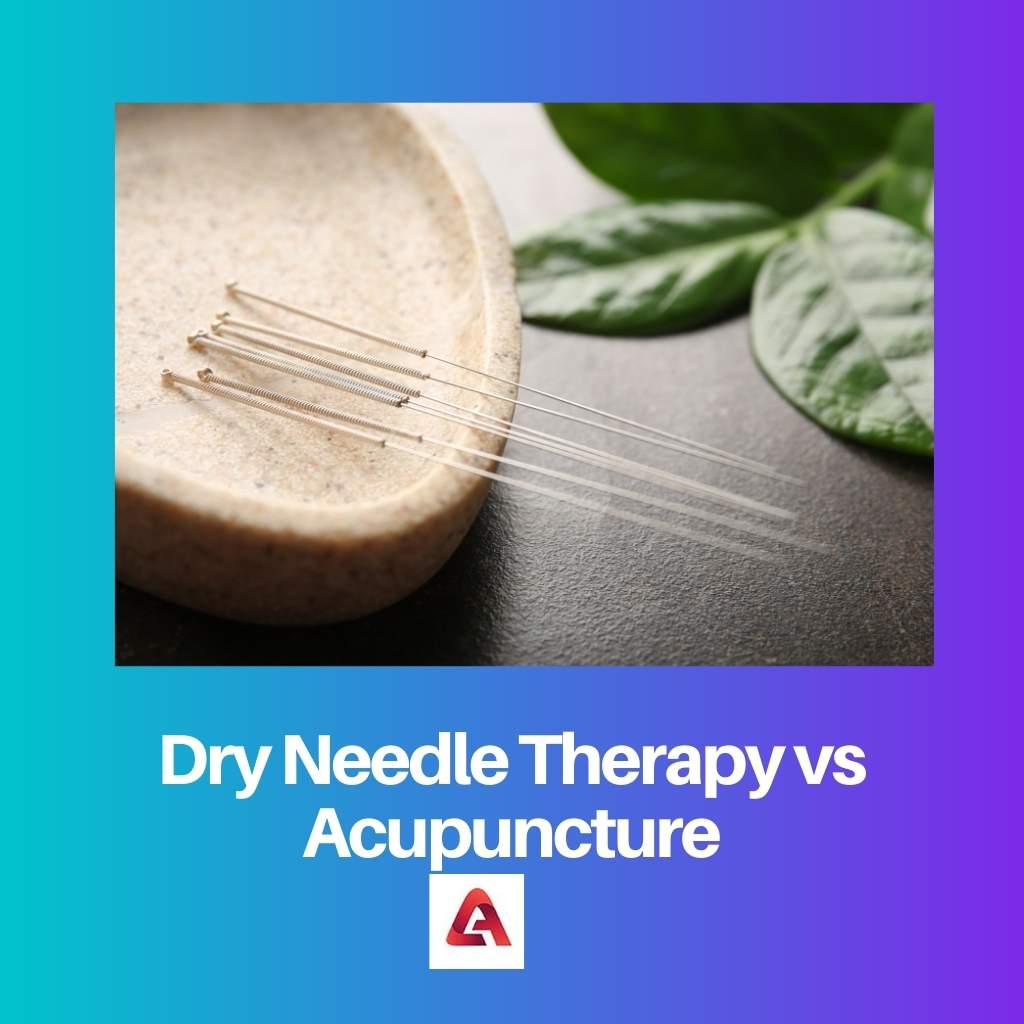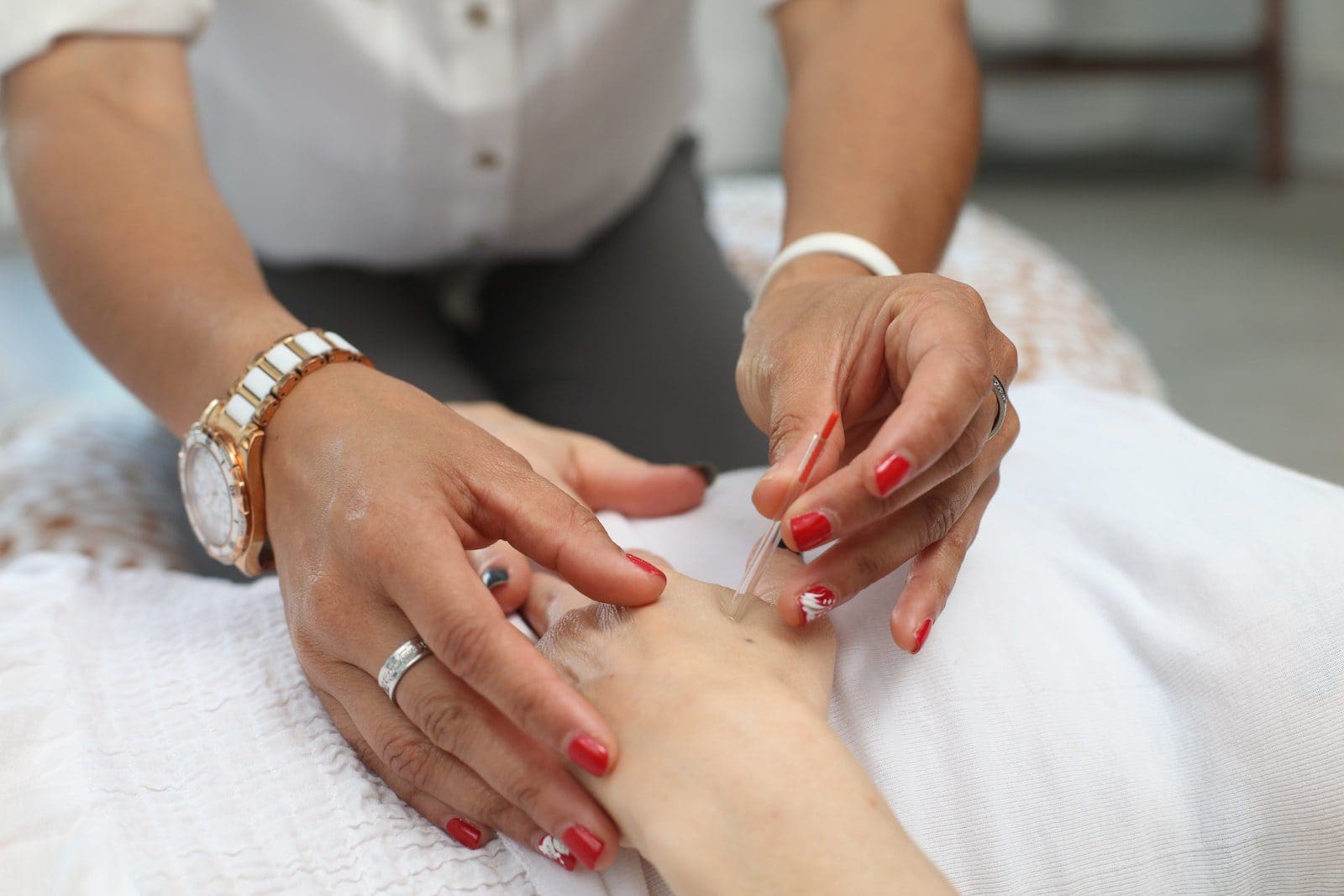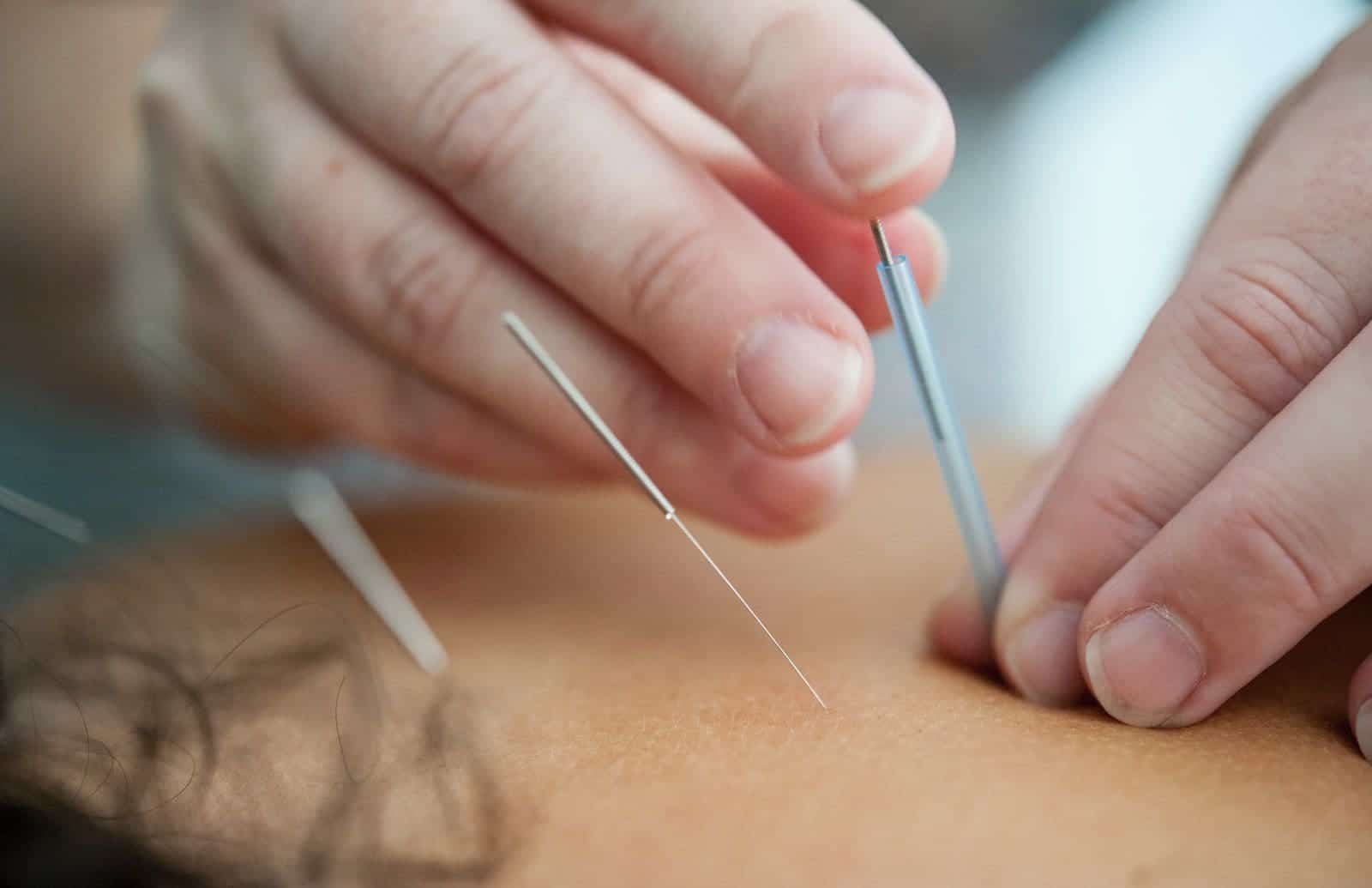Dry needling, additionally referred to as cause factor dry needling, is a scientifically unproven method utilized by many distinct healthcare disciplines, together with acupuncturists, bodily therapists, physicians, and chiropractors, amongst others.
Acupuncture is a shape of opportunity remedy and an issue of conventional Chinese remedies wherein skinny needles are inserted into the body.
Acupuncture is a pseudoscience; the theories and practices of TCM aren’t primarily based totally on clinical knowledge, and it’s been characterised as quackery.
Key Takeaways
- Dry needling is a therapeutic technique in which thin needles are inserted into muscle trigger points or knots to relieve pain and improve function. In contrast, Acupuncture is a traditional Chinese medicine technique that involves the insertion of thin needles into specific points on the body to balance energy flow.
- Dry needling is based on Western medical principles, whereas Acupuncture is based on Eastern medical principles.
- Dry needling is primarily used to treat musculoskeletal pain and dysfunction, whereas Acupuncture treats many conditions, including pain, anxiety, and digestive disorders.
Dry Needle Therapy vs Acupuncture
Dry needling is a treatment technique that healthcare providers use to handle pain and movement issues related to the myofascial trigger points. Acupuncture is a type of complementary medicine in which fine needles are inserted in the skin at meridians or lines of energy to treat conditions.

The distinction between dry needles and acupuncture is a long way more than the similarities. The traces constitute the body’s organs, and they’re primarily based on historical Chinese medicine.
Dry needle remedy is a fairly new remedy primarily based totally on current Western medicine.
This remedy advanced in the 1980s, and all through the remedy, needles are inserted into cause factors or gentle bands of muscle placed inside large muscles.
When needles are inserted into cause factors, they elicit a reaction that releases the cause factor and restores ordinary function.
The distinction between dry needling and acupuncture is that dry needling is used to deal with instances of persistent and acute aches without the usage of medication, surgical procedures, etc.
Single-use, disposable needles are actually the exercise standard, so the threat of contamination is minimal.
Comparison Table
| Parameters | Dry Needling | Acupuncture |
|---|---|---|
| Origin | Modern cause factor dry needling has its origins withinside the paintings of Karel Lewit of Czechoslovakia. | Acupuncture is held to have originated in China, is first stated in files courting from some hundred years leading as much as the Common Era. |
| Efficacy | Most of the prevailing studies for dry needling helps the exercise of relieving slight to mild pain. | The efficacy of acupuncture, research have proven that acupuncture is powerful in inducing analgesia, shielding the frame in opposition to infections and regulating diverse physiological functions. |
| Safety | Dry needling is safe, less discomforting and frequently a powerful approach for sufferers with sure musculoskeletal presentations. | The dangers of acupuncture are low when you have a competent, licensed acupuncture practitioner the usage of sterile needles. |
| Technique | Dry needling is divided into categories in terms of depth of ingress: deep and superficial dry needling. | Acupuncture techniques include penetration of heat, pressure, needles, laser, etc. |
What is Dry Needling?
There is one objective of dry needling, which is to remove muscle aches and cramping in addition to assisting or enhancing a person’s flexibility.
A physiotherapist puts/inserts a short, thin, stainless steel needle into targeted/ strain points. Those cause points are hard regions or knots inside the muscles.
Needs do not consist of any kind of liquid or fluid. Usually, a sportsperson carries dry needling. The practitioner has to be well-trained and have a license for dry needling.
This exercise takes 10 minutes to 30 minutes.
Karel Lewit of Czechoslovakia, In his conventional paintings, tested the fast and long‐time period outcomes of dry needling inside the remedy of myofascial ache in 241 sufferers with 312 painful MTrP sites.
However, one examination confirmed that dry needling isn’t any greater power than stretching by myself to alleviate muscle pain.
Dry needling is a remedy done through skilled bodily therapists licensed inside the system. In a few studies, dry needling supplied greater alleviation than a placebo treatment.

What is Acupuncture?
The origin of acupuncture is in China. Acupuncture relieves stress, pain or pain through a person’s electricity flow (chi).
Medical acupuncture has long, skinny needles to push nerves inside the muscle congregation and under the skin. This has built the creation of endorphins, which also relieve some symptoms.
Acupuncture relieves pain and aches:- nausea, vomiting, menstrual cramping, migraine, depression, etc. A person should be certified and trained to perform this exercise of acupuncture.
Acupuncture therapists must be three and more than three years of the trainee. He/ she should know the proper method and strategy.
Acupuncture is primarily based on the concept of stability and restoring the right glide of power at some stage in the body.
During acupuncture, the needles are left in the vicinity for 15 to 30 minutes. It is most customarily used to deal with inner ailments, which includes digestive problems, insomnia, strain and persistent ache.
It is discovered that despite the fact that acupuncture is most used as a degree to allay signs and symptoms along with pain, it is able to modify the pathogenesis of the disorder to offer alleviation from the disorder as well.
Common facet outcomes consist of discomfort and minor bleeding or bruising in which the needles had been inserted.
It is discovered that despite the fact that acupuncture is most used as a degree to allay signs and symptoms along with pain, it is able to modify the pathogenesis of the disorder to offer alleviation from the disorder as well.

Main Differences Between Dry Needling and Acupuncture
- Dry needling may be a period of time regularly utilized by bodily therapists, and chiropractors want to explain a way for muscle stimulation with the usage of a needle. It’s referred to as dry needling because nothing is injected into the frame with the needle.
- Both practices use & needles that are stable filiform needles.
- However, dry needling and acupuncture range is the approach and principle for the way and during which the needles are placed.
- Dry needling is targeted by the usage of strong stimulation at the muscle tissue to urge it to release.
- Acupuncture, on the other hand, does not use robust stimulation, and it is based totally on the channel principle and, therefore the usage of things to heal the frame naturally.
- The enjoyment for the affected person might be lots one-of-a-kind among those one-of-a-kind kinds of treatment. Acupuncture isn’t painful in the least, at an equivalent time as dry needling is often.
- Another key distinction between dry needling and acupuncture is the quantity of schooling required to manage each of these kinds of treatments. Acupuncture involves appreciably extra schooling. Although it relies upon the state, it regularly involves graduating from an approved college and many hours of classroom schooling and scientific exercise.
- Dry needling, on the other hand, best involves minimum schooling. In Tennessee, for instance, bodily therapists best want to end 24 hours of classroom schooling in an attempt to administer dry needling treatment.




